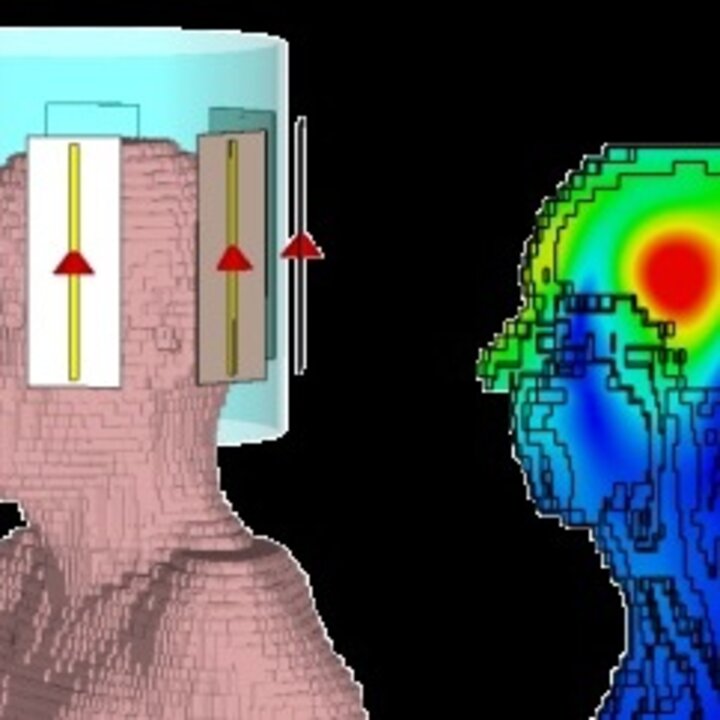Magnetic resonance imaging (MRI) is non-invasive and non-radiating imaging modality which is efficiently used for diagnostic purposes, pre- and post-operative follow up of the patients and for guided interventions. Increased sensitivity allows increased signal-to-noise ratio (SNR) for higher resolution and shorter scan time. Higher magnetic susceptibilities at ultra-high field (UHF) are a clear advantage in several MRI techniques (fMRI, SWI and QSM). On the other hand, the wavelength in a tissue at UHF is shorter, which causes interference effects leading to B1+ field inhomogeneities. In addition, B0 field inhomogeneities are higher at UHF. In our research we investigate how to resolve and control these radiofrequency (RF) and B0 field interactions with a human body in order to unleash the full potential of the UHF MRI. The novel RF (B1+) and DC (B0) coil designs will be used for greatly improved structural, functional and metabolic imaging at UHF MRI.
Read moreMeet some of our Researchers
Contact
-
Visiting address
Groene Loper 19Flux, floor 75612 AP EindhovenNetherlands -
Visiting address
Groene Loper 19Flux, floor 75612 AP EindhovenNetherlands -
Postal address
P.O. Box 513Flux5600 MB EindhovenNetherlands -
Secretary
Recent Publications
Our most recent peer reviewed publications
-
V. Vidojkovic,D. Milosevic,K. Ding,R. van Dommele,J. Holmstedt,C. van Puijenbroek,R. Schalk,Y. Hou,I. Zivkovic,G. Radulov
RF and mm-Wave Systems and Circuits for Communications and Sensing
(2023) -
Jules Vliem,Raphael Tomi-Tricot,Irena Zivkovic,Özlem Ipek
Towards Dense Flexible Transceive Coil Array
(2023) -
Andrew Webb,Alena Shchelokova,Alexey Slobozhanyuk,Irena Zivkovic,Rita Schmidt
Novel materials in magnetic resonance imaging
Magnetic Resonance Materials in Physics, Biology and Medicine (2022) -
Irena Zivkovic
Interelement Decoupling Strategies at UHF MRI
Frontiers in Physics (2021) -
Irena Zivkovic,Thomas Ruytenberg,Andrew Webb
Shielded-coaxial-cable (SCC) coils as highly decoupled array elements for 7T MRI
(2021)
